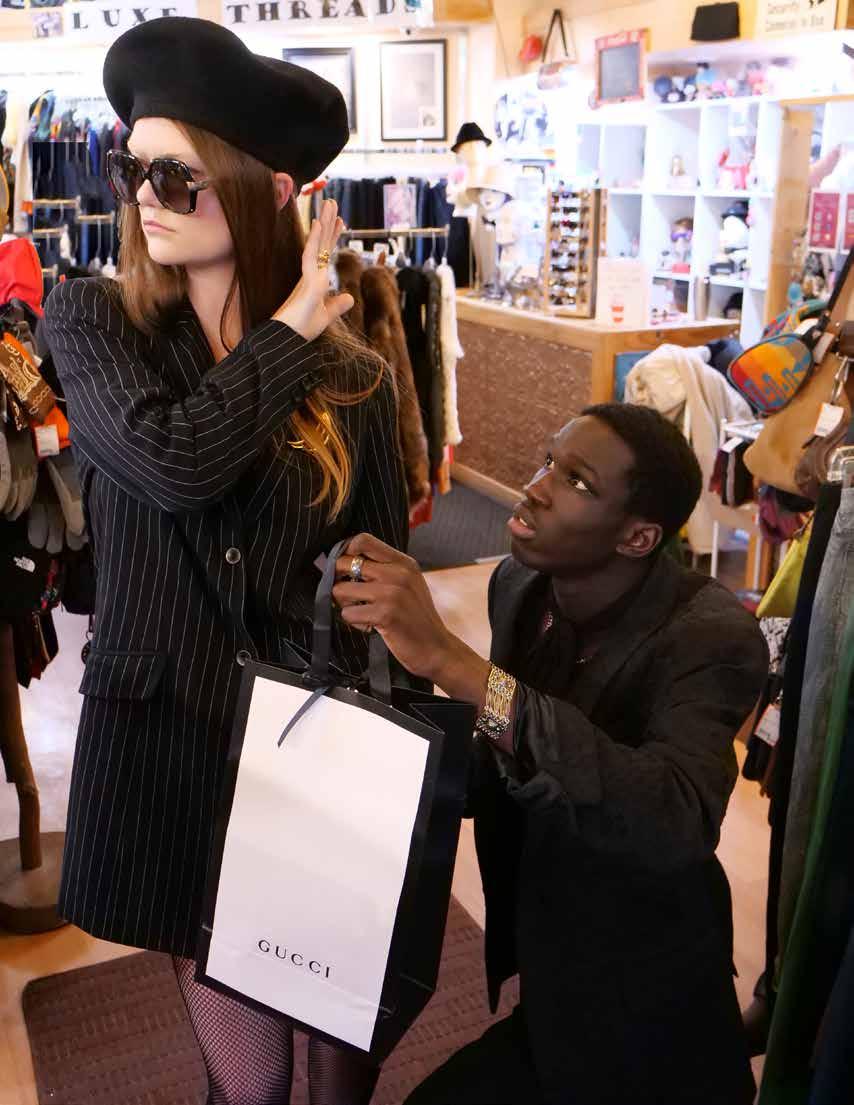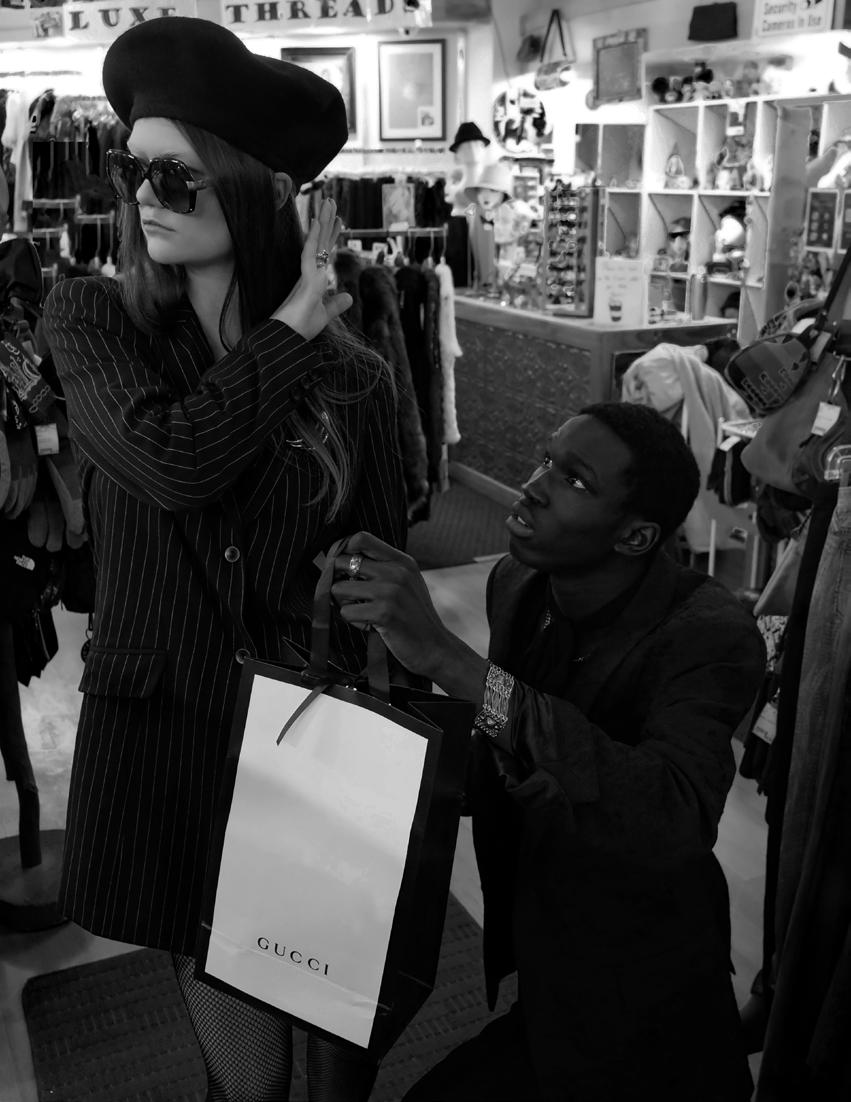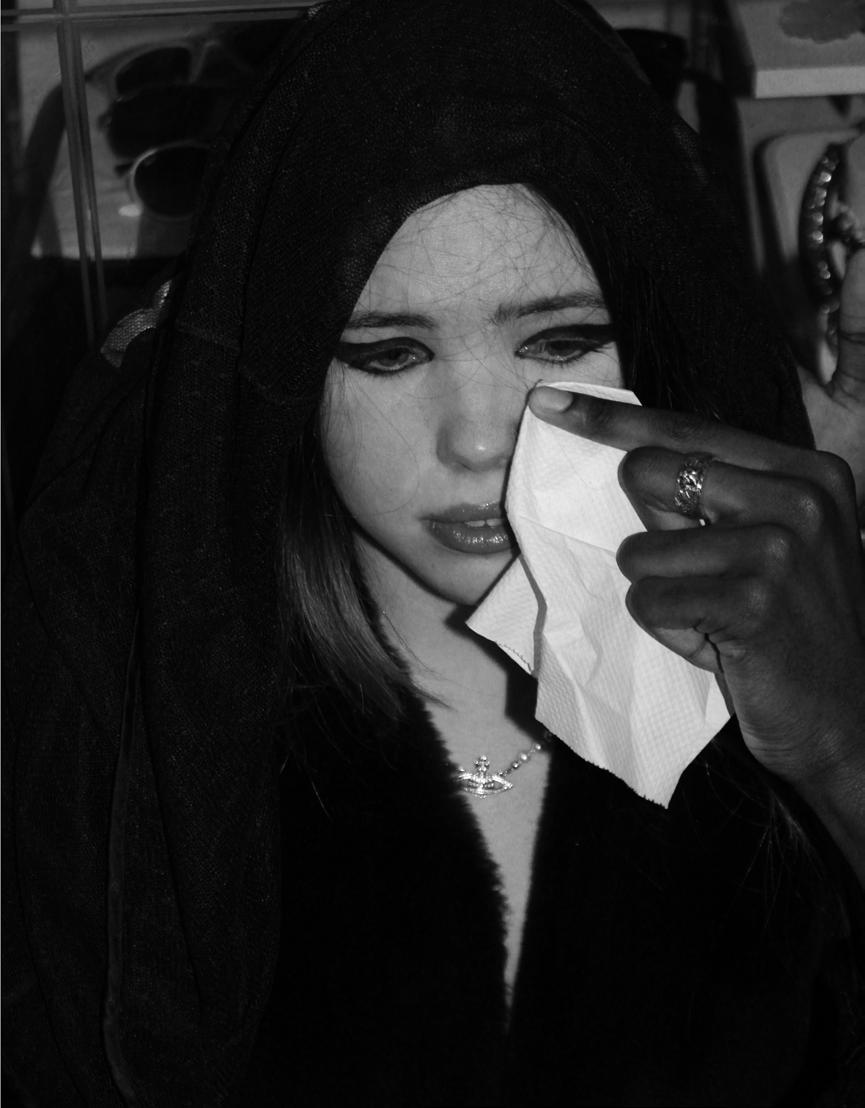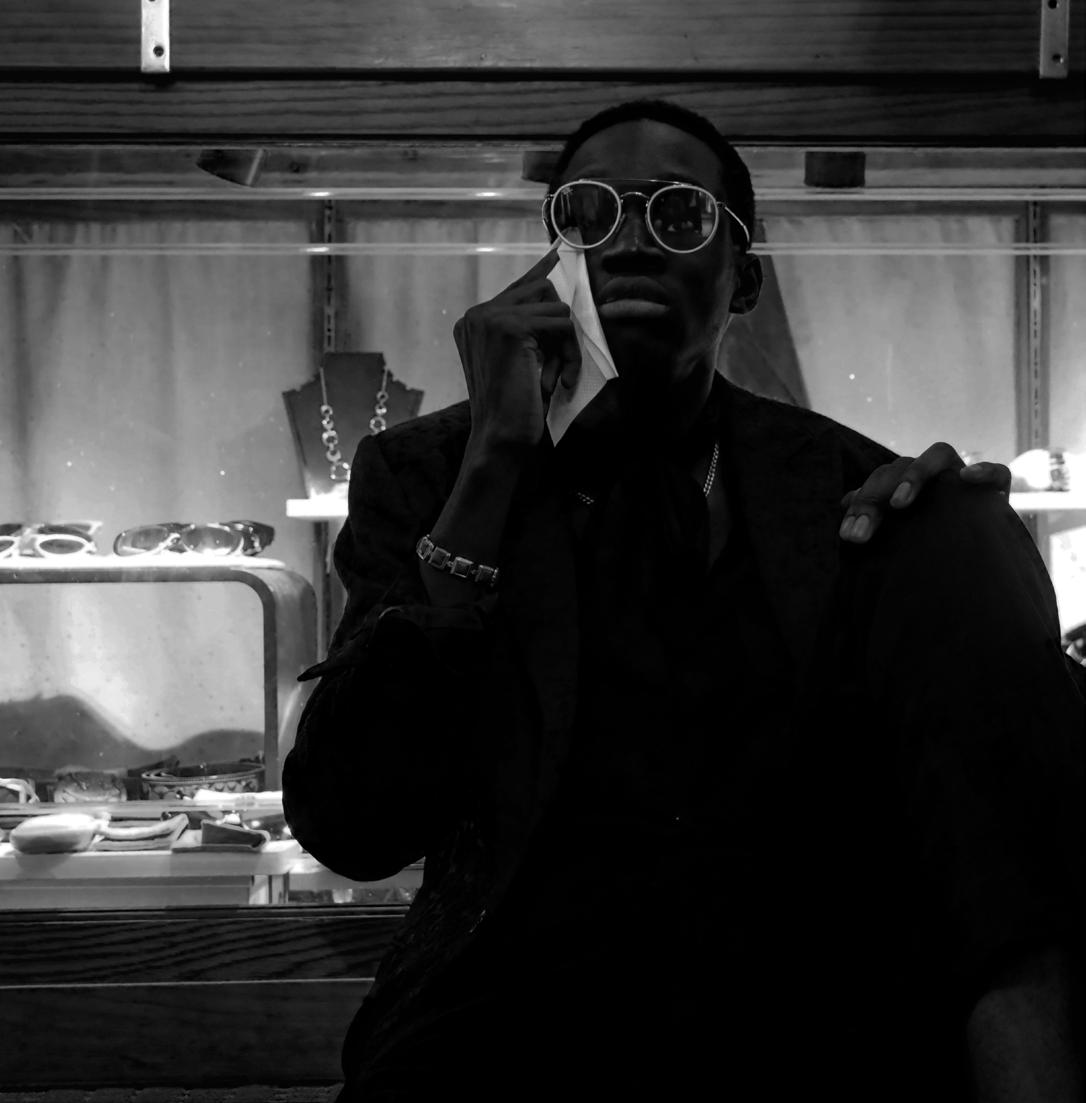
4 minute read
The Death of Designer Fashion
A case for why luxury fashion houses should die along with their namesake ateliers.
By Robyn George, Executive Editor
Advertisement
Dear readers, I have gathered you all here today to both celebrate the amazing heir of designer fashion and bid adieu to its reign in the apparel industry. Designer fashion was beloved by most and hated by very few. I could go on all day about the number of iconic looks and moments given to us by so-called “heritage” designer brands, such as Christian Dior’s New Look and Jean Paul Gaultier’s mesh tops to Schiaperelli’s shoulder pads and Gucci’s logo mania. But alas, the departure from true heritage practices, uninspired design, decrease in quality, and disproportionate price increases have brought us here today to mourn the loss of a once untouchable part of fashion.
I would be lying if I said that I hadn’t foreseen this detrimental event. In fact, one of designer fashion’s founding fathers, Cristobal Balenciaga, prophesied this very moment in his most famous quote: “A woman of fashion cannot be elegant unless she patronizes a single dressmaker”.
Despite this sentiment, nearly 30 years after the passing of its namesake designer, Balenciaga SA was acquired by the Kering group and deemed a “heritage” brand that would see four different creative directors before the appointment of current lead, Demna Gvasalia. The brand, like many other luxury fashion houses, has undergone a number of rebrands since its founding. Itt would be impossible to argue that Balenciaga has lost social relevance. However, many fashion consumers, including myself, question just how, and why the culture of this “heritage” brand has evolved from being known as the premier fashion house in terms of timeless designs, tailoring and quality, to being known for its social experiments, media stunts and “trendy” designs.
The answer is clear, “heritage” brands are an illusion; an effect of capitalism. The acquisition of a designer brand to a conglomerate company is the monopoly man’s last grasp at a once flourishing fashion business. But as we all know, businessmen have a terrible sense of fashion. I mean, surely nobody with a nuanced sense of style would make the workwear standard neutral toned wool suits. . . right? In addition, the genius of Cristobal Balenciaga and other legacy designers can never be replicated. Chief executives look to fill this gap by hiring designers to carry on production, without ample research or due process needed to create a true “heritage” brand. Surely, Cristobal would not approve of high-heel crocs, trash bag totes and caution tape bodysuits. So, what is a heritage brand without tradition?
Before the assembly line and mass production, clothing was largely bespoke. Designers were successful in being specialists in a particular process, material, or style, desired for their extensive experience and quality of work. Dressmaking maintained elements of domesticity. Fashion “houses” were just that, homes in which clients and the designers themselves visited for fittings. The names of the oldest fashion houses are simply the name of their original dressmaker,

Survive Past
because consumers referred to the individual who designed and constructed the items.the same cannot be said for the current fashion industry. Today, the role of creative designer at a luxury fashion house is only a throne and a crown, which ambitious designers lust to take and fill in order to rule their kingdoms. Their kingdom is a brand, which they plan to rule most with their liking, giving little thought to those who had previously occupied that space. “Heritage” in fashion is not real: there is no bloodline, only administration. Designer fashion houses were never meant to the lifespan of their founding Atelier.
Their life’s work was once survived by their apprentices, who would go on to create their own fashion houses and acquire their own students. The influence of a mentor’s prestige married evolving styles created by the next generation of designers. Subsequently, wildly successful individual fashion houses, empowered by individualism, would emerge alongside those of dressmaking mentors with the mastery of their teachers ever present in traces of quality, technique and silhouette.
Previously, the fashion industry was able to maintain its true luxury experience by doing just that. As many of us know, Cristobal Balenciaga tried his best to continue his legacy by mentoring and unofficially keeping Hubert de Givenchy as an apprentice. The success of this dynamic is incredibly clear when comparing designs and creative direction of Givenchy during the designer’s tenure with those produced by Balenciaga SA in the same season. Where Givenchy continued to maintain a balance of tradition and quality with design innovation, looks from Balenciaga became wary of the major influences of creative directors who longed to create their own fashion houses. Yet, for some reason this dynamic has become unpopular among designers, and instead we have ended up with the current state of luxury fashion which boasts a false sense of quality and attention, despite recycling thoughtless designs, ignoring both financial and physical accessibility, and cutting as many corners as possible in terms of quality materials, craftsmanship, and paying their workers a living wage. It is important that we fashion enthusiasts and creators remain hopeful about the future of fashion despite this passing. I want to remind everyone about the alternatives to designer fashion and propose a path forward.
The first step in mourning is denial. I, personally, am a huge proponent of living in a state of delusion. Let us deny the passing of designer fashion by opting for counterfeit alternatives. At these times, we can be very grateful and lean on our support system for help, such as DHGate and Canal Street.
The second stage of mourning is anger. Personally, I am not an angry person, but I’m sure that many of those who have indulged in designer pieces in recent years may feel regret or betrayal from those designer bags. I encourage anyone struggling with anger to find peace by creating a designer-free space. Give your designer pieces to me personally, and I will assure you that they are in good hands. The third stage of grief is bargaining. I’m honestly not sure what bargaining looks like in this context, but from my experience it would also be helpful to visit canal street for this stage. The fourth stage of mourning is depression and personally, for this stage, I would recommend Prozac because I have not had much luck with Zoloft, and I found it made me quite tired.

Finally, the last stage of grief is acceptance. Once we accept the death of designer fashion, let us find happiness in what once was, but shopping vintage designer. This way, we can find peace and joy in remembering the good that designers once brought us: quality materials, impenetrable stitching, artisan quality, durability and one-of-a-kind designs. We can once again keep an idealized and unrealistic memory of designer fashion while ignoring who they became toward the end, like I do when thinking about my ex. Thank you all again for taking the time to remember the past, present and future of our beloved friend, Designer Fashion.

Assisted
Photographed
Modeled
Location







